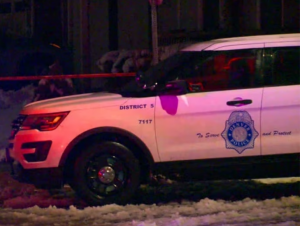Over 40 million Americans are currently placed on high alert for the possibility of severe storms, which could result in isolated tornadoes.
Also read | Gateway International Bridge, Brownsville: Texas authorities on high alert as Title 42 ends
The meteorologist asserted that a strengthening low-pressure system that passed over the Heartland on Sunday morning is to blame for the heightened chance of severe weather. As this storm system moves eastward, it is forecast to bring rain to a large area of the eastern part on Sunday and throughout Monday.
The authorities said the weather is being continuously monitored in order to ensure the safety and preparation of people in the impacted areas.
Meteorologists have warned citizens in several cities, including Denver, Dallas, and Columbus, to be prepared for possible catastrophic weather. These areas may suffer damaging winds of up to 70 miles per hour, as well as huge hail larger than 2 inches in diameter.
Also read | Severe storms hit Texas, 2 dead in Conroe: What we know so far?
They have been closely monitoring the movement of this system in order to offer timely updates and ensure that inhabitants in affected regions are well-informed and prepared for possible rainfall and accompanying weather conditions.
They have also emphasized that the approaching storm system will not only deliver rain to the eastern United States but will also put a stop to any remaining wildfire smoke in the region. While there may be some hazy skies on Sunday and Monday, as the storm passes, the smoke will dissipate, resulting in better air quality.
Also read | Texas hail-storms: NWS issues severe thunderstorm warning in Waco, Dublin, Purves, Clairette and Olin
Residents in central and southern Texas should brace themselves for a sweltering week, with temperatures reaching record highs in the upper 90s and lower 100s. The region is anticipated to suffer significant heat and high temperatures, needing preventive steps to mitigate potential heat-related health hazards.
Meteorologists anticipated that Philadelphia and New York City will see little rain on Sunday until thunderstorms arrive later in the afternoon and evening. During that time, precipitation is expected to be more prevalent.






